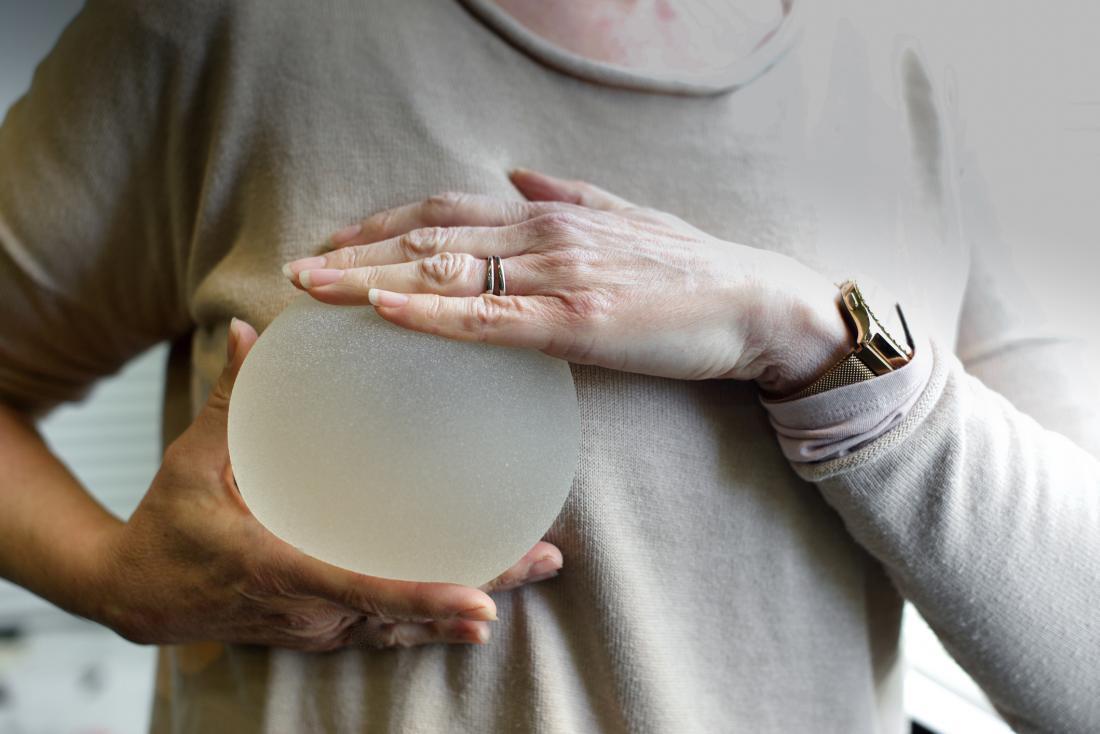Women have long turned to cosmetic surgeries to enhance their looks. Whether it be rhinoplasties, tummy tucks or facelifts. However, none of these procedures can compete when it comes to the popularity of breast implants.
Breast implants, also known as breast augmentation, is the most popular cosmetic procedure performed annually. According to the American Society of Plastic Surgeons, “Of the nearly 1.8 million cosmetic surgical procedures performed in 2017, the top [was] breast augmentation (300,378 procedures, up 3 percent from 2016).”
With beauty sometimes comes pain though. The U.S. Food and Drug Administration has a long alphabetized list of complications that can come with breast implants. The FDA says that the list is, “local complications and adverse outcomes that occur in one percent or more of patients at any time after breast implant surgery.”
Breast pain, necrosis, infection and capsular contracture are just a few complications listed that could scare off any possible suitor. Also, going under anesthesia poses a very small but real threat. However, one of the scariest complications that could ever happen by far is cancer.
Many people might think it causes breast cancer simply because they are breast implants but that is not the case. The FDA says, “In 2011, the FDA identified a possible association between breast implants and the development of anaplastic large cell lymphoma (ALCL).” ALCL is a type of non-Hodgkin’s lymphoma which is an immune system cancer.
“There doesn’t seem to be a difference between silicone or saline filling in the implants.” NBC News says, “there’s some evidence that making them rougher—a design meant to make the implants less likely to move around inside the breast — may raise the risk.”
There is no concrete evidence on what could cause ALCL but there are several theories. Some women could be more genetically susceptible to ALCL, bacteria could grow on the surface of the implant, and the process of texturizing creates particles that cause scrapping leading to the immune system to respond but ultimately malfunction.
ALCL can be hard to recognize and since it is still a newer discovery many doctors do not diagnose patients with it. This is the eerie reality when it comes to enhancing breasts. Men and women need to think about the risks involved in getting breast implants. They need to weigh the pros and cons and decide for themselves what the best option is.
On March 25-26, 2019, the FDA plans to convene a meeting of the General and Plastic Surgery Devices Panel at the FDA’s Headquarters in Silver Spring, Maryland, to discuss a range of topics concerning the benefit-risk profile of breast implants.
The FDA stated, “The FDA plans to publish a Federal Register notice and agenda on the FDA’s Advisory Committee Calendar webpage 15 days in advance of the meeting.” Also, anyone can sign up to receive email updates about all of the FDA advisory committee meetings if they want to stay informed.
Cosmetic surgeries already come with many risks and side effects. ALCL is the most recent and most alarming health risk associated with breast augmentation. Patients and doctors need to make sure they are informed of this new threat and make the healthiest decision possible for themselves and their patients, and realize the risks. The chase for perfect breasts could just lead to someone’s death. Begging the question: is perfection worth dying for?





![[Both photos courtesy of sonoma.edu]
Ming-Ting Mike Lee stepped in as the new SSU president following Sakakis resignation in July 2022](https://sonomastatestar.com/wp-content/uploads/2024/04/CC4520AB-22A7-41B2-9F6F-2A2D5F76A28C-1200x1200.jpeg)


























